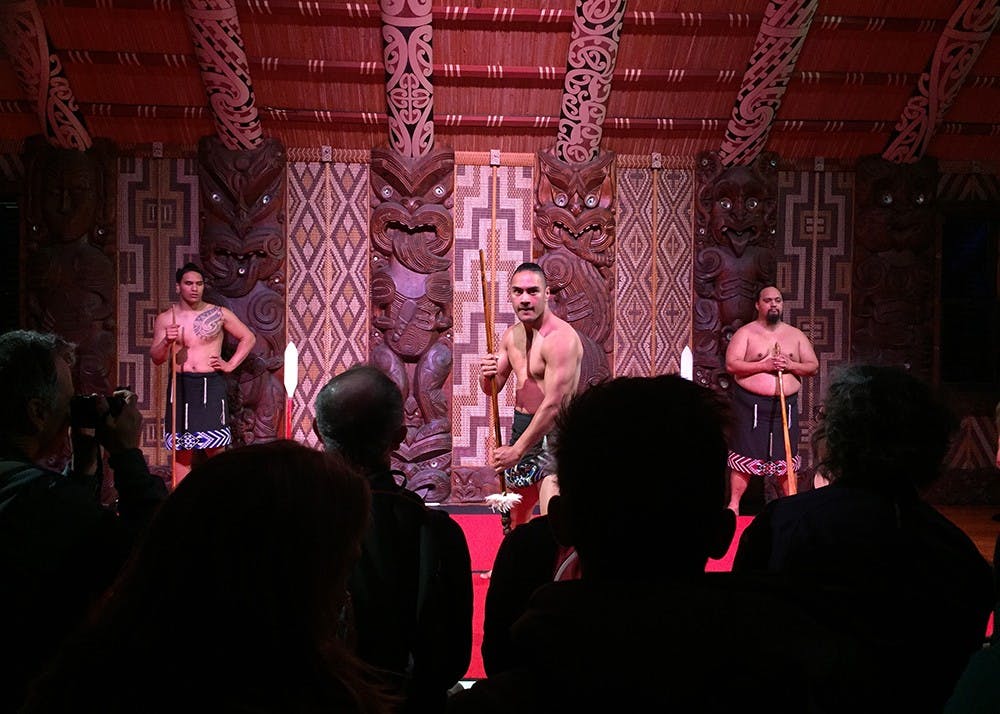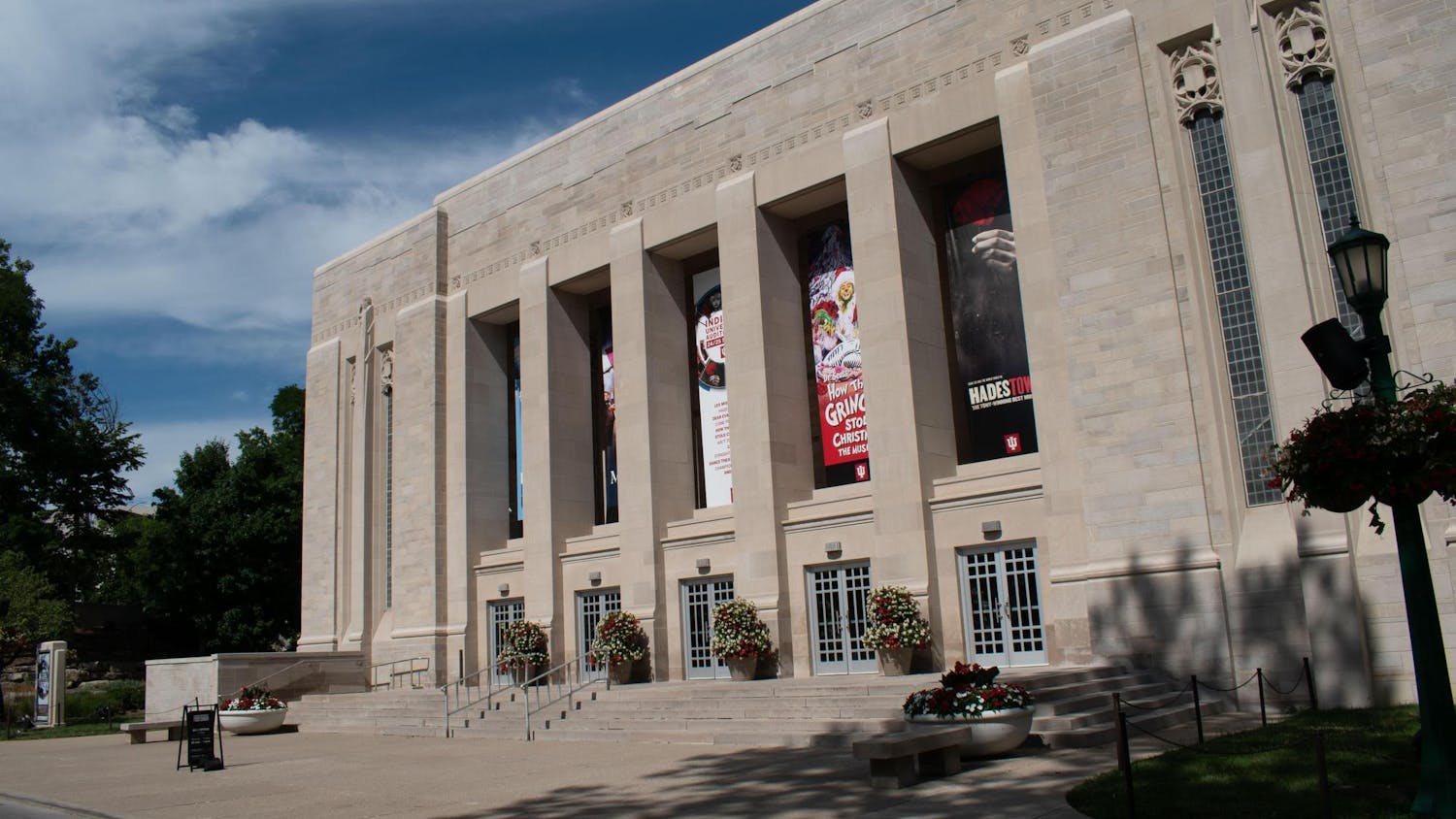My time in New Zealand came to an end Oct. 1. While I was there I bungee-jumped, explored museums and even visited the film set for "The Lord of the Rings" at Hobbiton.
Before I left New Zealand I wanted to get a grasp for how New Zealand became a united country and a part of the British Commonwealth of Nations.
So, I traveled to Waitangi. Waitangi serves as an important cultural location for both Maori and other New Zealanders as well as a tourist stop. I wanted to get a better grasp of the history behind the country I had lived in for two weeks.
At Waitangi, New Zealand became the nation we think of today, and to this day, Waitangi still is vital for an understanding of the country’s relations with the Maori, New Zealand's indigenous people who have Polynesian ancestry.
There, I had the amazing opportunity to participate in a Maori cultural show. After entering the Maori meeting house, we were introduced to traditional war dances, haunting ballads in their own language and more modern sounds created using guitars.
While I didn't understand a word, I found the music to be harmonious and equal parts chilling and joyful. My tour guide also explained about the treaty that was signed at Waitangi 177 years ago.
The Treaty of Waitangi was signed Feb. 6, 1840, by representatives of the British Crown, around 530 Maori chiefs and more than a dozen Maori women.
And it was the Treaty of Waitangi which set the stage for New Zealand's history, both the ups and the downs.
The treaty ceded the chiefs' sovereignty to the British crown in exchange for the Maori becoming U.K. citizens with all the rights and privileges that came with that.
The issue, according to my guide, was that the Maori chiefs did not truly know what they were signing. When the treaty was translated from English to the Maori language, mistakes were made.
Among other inaccuracies, the chiefs in the Maori version were guaranteed full authority or “tino rangatiratanga” over their “taonga,” or treasures.
In other words, many of the Maori who signed believed they would maintain their own affairs with limited interference or that the governor would only have control over the British settlers.
These disagreements quickly became violent, just like many similar situations in places like colonial North America.
Despite these disagreements, the founding document of New Zealand is by no means all bad.
The treaty also insured that anyone seeking to purchase land in New Zealand would have to go to the British crown, which was designed to prevent the Maori from being cheated out of valuable land.
However, that does not excuse the mistakes of the past. While the Maori are perhaps the native people to have best “adapted” to the expansionist efforts of Europeans, they still suffered.
The treaty’s original goal was reconciliation and unification of the Crown and Maori, but lands were still stolen from the Maori and violence broke out.
The Treaty of Waitangi is comparable to treaties the United States formed with Native American tribes. While the treaty disagreements did cause violent outbreaks on both sides, the type of genocide experienced by native people in colonial America was avoided.
And to this day the Maori people have a rich culture that is embedded in the politics, economics and everyday life of New Zealanders.
The Maori culture is not extinct. Its members have a presence today both in their own traditional villages and meeting houses as well as cities across the country.
If you ever travel to New Zealand, it is worth it to visit Waitangi and to walk the same paths that native people, settlers and missionaries all took and to see where they signed this treaty that had such an impact on their culture and way of life.




